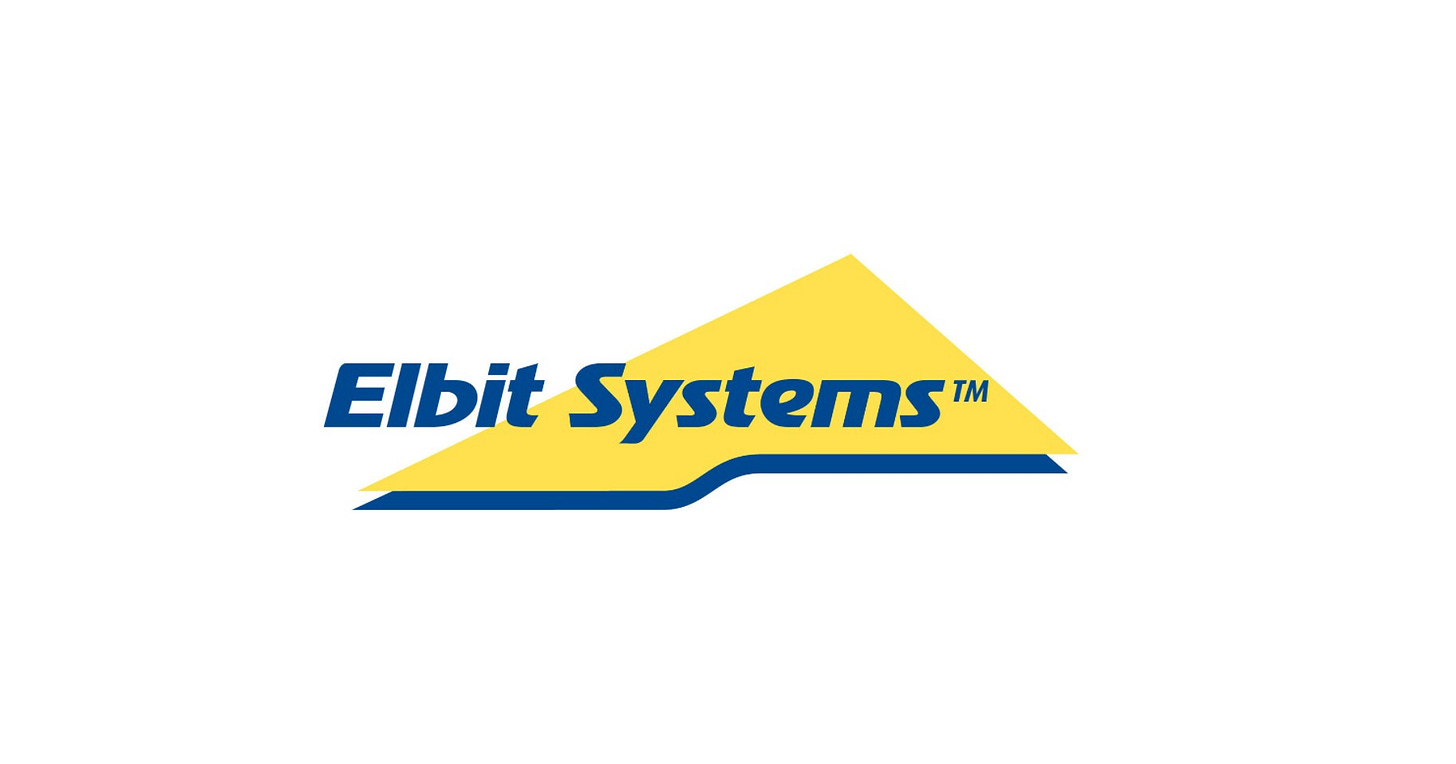Elbit Systems Company Spotlight
Israeli Defense Contractor Expands Space Technology Operations
Elbit Systems Ltd. is an Israeli defense technology company with a market capitalization of $21.16 billion that develops aerospace, defense electronics, and space technology systems. Founded nearly six decades ago, the company employs approximately 20,000 people across five continents and reported $6.8 billion in revenues for 2024.
Company History and Ev…
Keep reading with a 7-day free trial
Subscribe to The Journal of Space Commerce to keep reading this post and get 7 days of free access to the full post archives.



